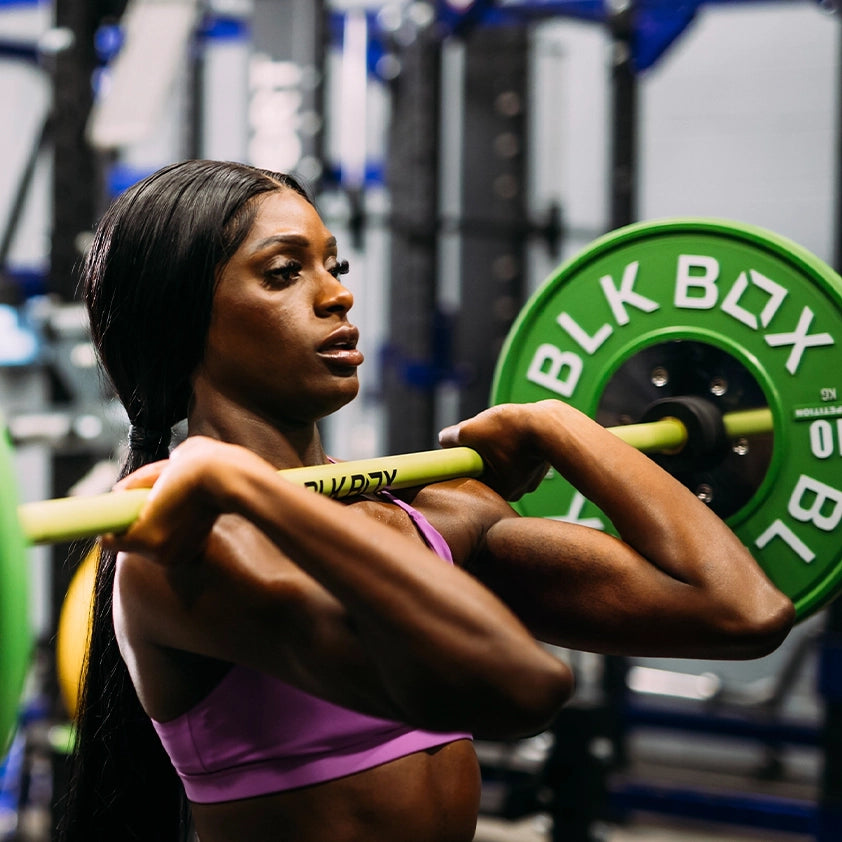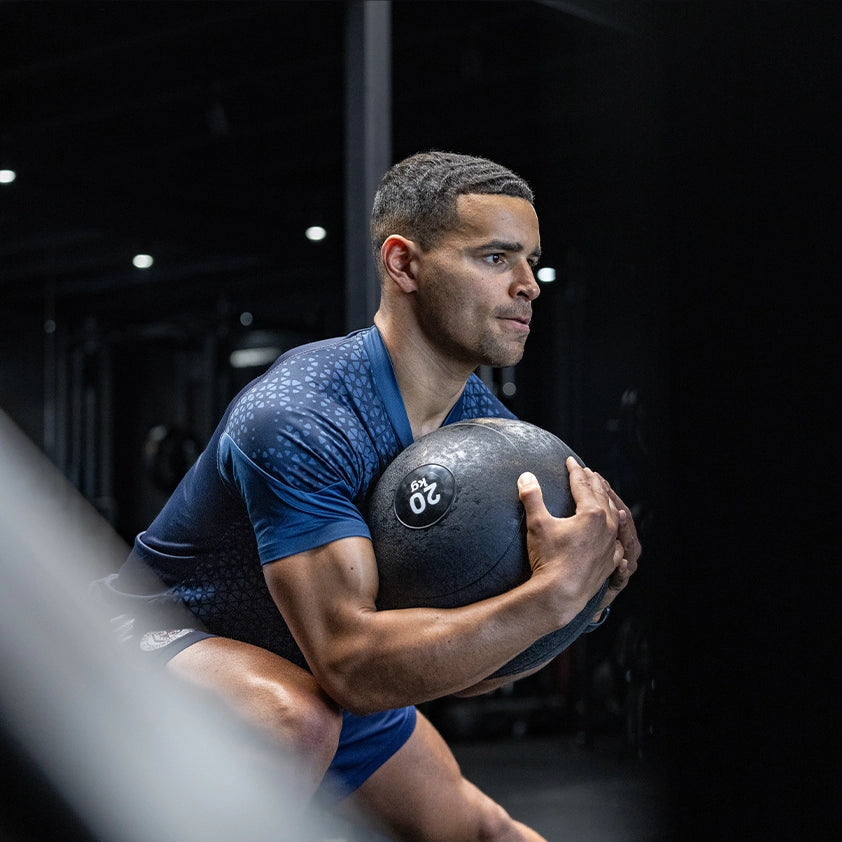Kettlebells Buying Guide
Choosing the best kettlebells
Kettlebells are versatile pieces of equipment that offer a comprehensive workout, combining strength, flexibility, and endurance benefits.
Selecting the right kettlebell can be daunting given the multitude of options available. Our detailed guide aims to simplify this process for you.
Competition kettlebells

Competition-style kettlebells maintain uniform size across different weights, ensuring fair competition and consistent technique. They are ideal for athletes and advanced users seeking precision and stability in their movements.
Key takeaway: Opt for competition kettlebells for technical exercises like the snatch.
Cast iron kettlebells
Cast iron kettlebells are revered for their classic design and affordability. Available in various sizes and dimensions, they cater to a wide range of fitness levels and goals.
Key takeaway: Choose cast iron kettlebells for versatility and cost-effectiveness.
Selecting the right weight kettlebell
Determining the appropriate kettlebell weight is essential for safe and effective workouts. Our guide provides weight recommendations tailored to different fitness levels, ensuring optimal progression and results.
Beginner
- Men: 12-16kg
- Women: 8-12kg
Intermediate
- Men: 16-20kg
- Women: 12-16kg
Expert
- Men: 20-24kg
- Women: 16-20kg
Kettlebell construction

Quality kettlebells are typically cast from a single mold to ensure durability and safety. Avoid two-piece designs, as they may compromise stability. Smooth handles without welds or sharp seams are crucial for comfort and safety during use.
Handle size
Handle size significantly impacts grip comfort and performance. Opt for handles between 30mm and 40mm in diameter for optimal grip and control during workouts.
Surface finish
The finish of cast iron kettlebells affects grip, comfort, and durability. Whether powder-coated or epoxy-finished, choose a surface that suits your preferences and minimises the risk of blisters or discomfort.
Base stability
A stable base is essential for safe kettlebell exercises. Ensure the kettlebell rests flat on the floor without any wobbling or unevenness to prevent accidents during workouts.
Adjustable kettlebells
While adjustable kettlebells offer versatility and cost-effectiveness, they may lack the durability and safety of traditional kettlebells. Consider the trade-offs carefully before opting for this option.
Quality should always take precedence over quantity when choosing kettlebells.
Whether you prefer competition-style precision or the versatility of cast iron options, our guide equips you with the knowledge to make an informed decision based on your needs and preferences.
How to use kettlebells

- Warm-up: Start with dynamic stretches.
- Choose weight: Begin with a comfortable weight.
- Learn basics: Master swings, squats, and get-ups.
- Focus on form: Keep core engaged and movements controlled.
- Start slow: Begin with lighter weights and fewer reps.
- Progress gradually: Increase weight and intensity over time.
- Cooldown: Stretch after your workout.
- Stay Consistent: Aim for 2-3 workouts per week.















